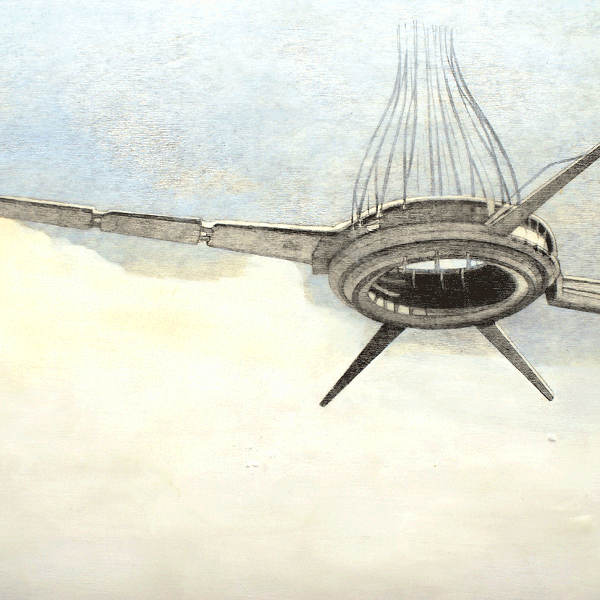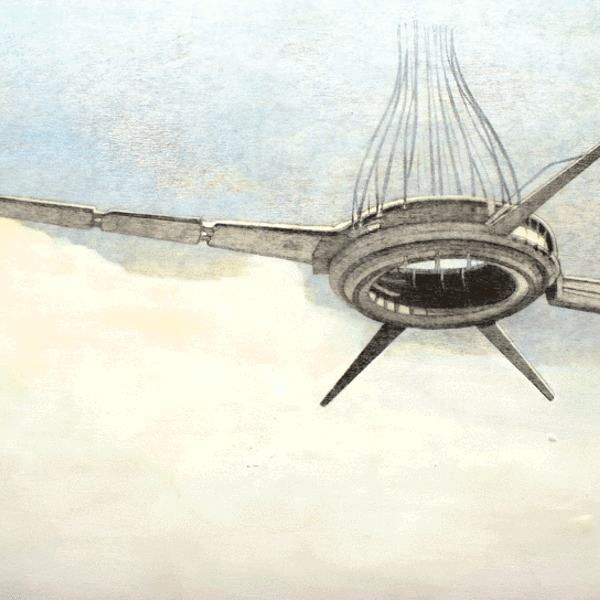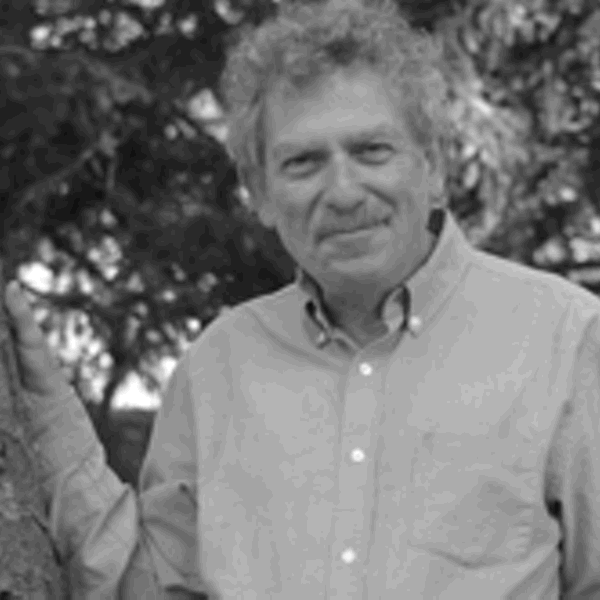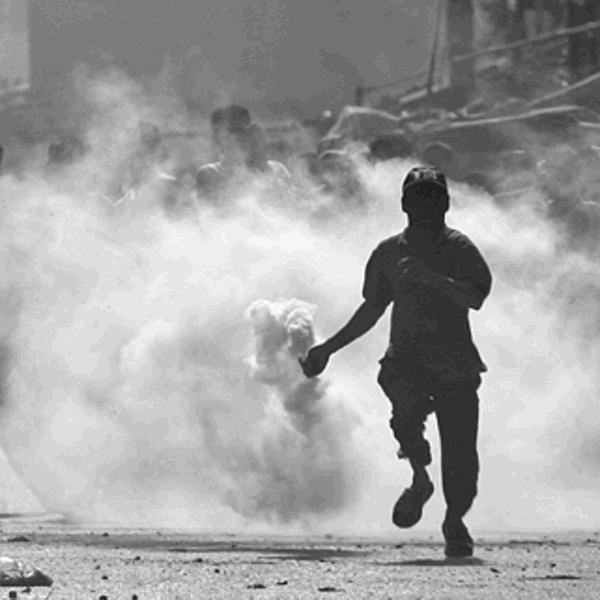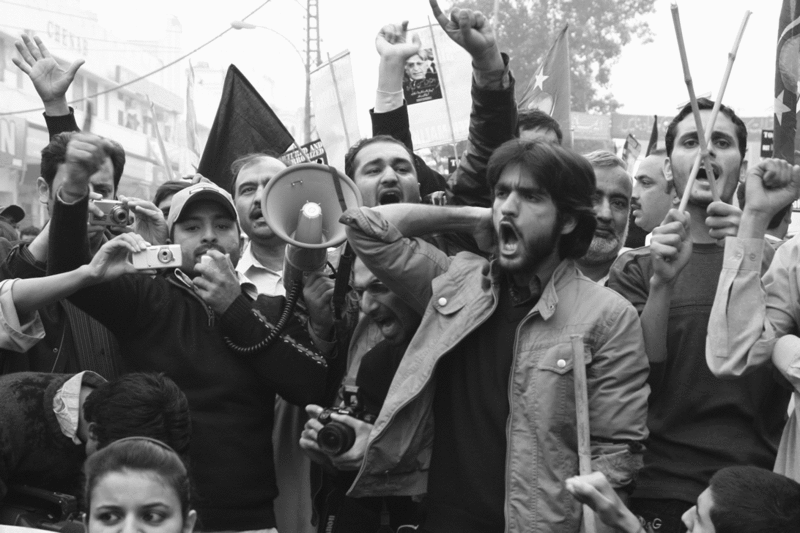
The declaration of a state of emergency in Pakistan on November 3, 2007, by the country’s dual-roled military dictator, General and President Pervez Musharraf, was followed by widespread political turmoil and repression. The US and the international community were confronted with the sleeper issue of our time: To what degree is Pakistan a reliable partner in the fight against terrorism? This question has been long avoided since Musharraf’s post-9/11 pledge—made in response to direct threats from Washington—to stop aiding the Taliban and join in America’s “War on Terror.” It was then further buried by the subsequent focus on the wars in Afghanistan and Iraq. But the question reemerged with a vengeance as growing civil unrest initially ignited by Musharraf’s removal of Pakistan’s Supreme Court Chief Justice, Iftikhar Mohammed Chaudry, escalated into a countrywide pro-democracy movement that Musharraf ultimately responded to with bludgeoning force. As events unfolded, televised scenes of security forces beating, teargassing, and arresting lawyers were followed by opposition leader Benazir Bhutto’s confinement to her home, surrounded by rings of barbed wire and policemen. Thousands of political activists, human-rights workers, and lawyers were arrested. Starkly dispersing the aura of “enlightened moderation” the self-appointed president had been endowed by his Pakistani and Western supporters, and placing the stability of the nuclear-armed nation in doubt, Musharraf justified his actions by bombastically saying, “I will not allow Pakistan to commit suicide.”
Musharraf’s actions amounted to a de facto imposition of martial law: He suspended the Constitution, leveled antiterrorism charges against lawyers who had committed no acts of violence, installed a provision which allowed civilians to be tried by military tribunals, and put curbs on the news media that included a ban against saying anything “prejudicial to the Pakistan ideology.” More importantly, he sacked the 10-justice Supreme Court of its more independent-minded judges—who were expected to rule against him on legal challenges to his continuing as president—only to handpick allies as replacements.
“Seventy percent of the judges were sent home, highly controversial appointments have been made in their place, and pliable judges have been kept,” said Osama Siddique, associate professor of law and policy at Pakistan’s elite Lahore University of Management Sciences (LUMS), while speaking to an audience at Columbia University’s Law School in early December. “Given the unfavorable bent of the judiciary to tail his personal agenda, combined with serious inflation, the privatization of Pakistan Steel Mills, the Red Mosque incident, the stock market debacle, the Supreme Court’s notice of contempt to the government for illegal deportation of the former disposed Prime Minister Nawaz Sharif, and the US pressure on Musharraf to strike a deal with the recently returned former Prime Minister Benazir Bhutto, put Musharraf between a rock and a hard place and put his legitimacy and longevity in office in jeopardy.”
Musharraf’s crackdown was the culmination of eight months of unrest and maneuvering following his summary dismissal of the country’s dissident Chief Justice Chaudhry, in early March. Exhausted by eight years of direct military rule, which dated to Musharraf’s overthrow of Sharif in a bloodless coup in October 1999, a loose coalition of pro-democracy activists led by members of the judiciary and the legal profession seized on this event to mount public agitation for the restoration of civilian government. This legal rebellion is unprecedented in Pakistani history. Previously, the judiciary had always acted as a rubber stamp to the will of the military, most notoriously in 1979 when it was complicit in the execution of Benazir Bhutto’s father, deposed Prime Minister Zulfikar Ali Bhutto, on questionable charges of murder.
The Internet and an emerging student activist movement has helped spur the growing pro-democracy movement. “Technology has played a critical role in mobilizing resistance and building international pressure, especially among tech-savvy students,” wrote Amber Vora, an independent journalist and researcher, currently in Lahore. In her blog, Vora credits student attending LUMS as the “first to organize protests, breaking a decades-long drought on student activism in the country.” According to Vora, in 1999 the Internet was accessible by only one percent of Pakistanis. Today, in light of telecommunication deregulation in 2003, millions have access to the Internet, which “has become a primary source of information during martial law.” Also, according to Vora, the proliferation of mobile phones, with over 70 million subscribers in 2007, is making it easier for Pakistanis to organize, share information, and mobilize.
PERVERSIONS OF LAW
“There was great exasperation with the perversions of the law carried out by the military since 1999,” said Pakistani journalist and author of the international bestseller Taliban, Ahmed Rashid. Rashid believes this uprising resulted from a combination of fatigue and important new developments in Pakistani society. “The constant having to validate Musharraf’s various maneuverings to extend his rule, the holding of suspects without charges and in secret places, the arbitrary decrees. Lawyers and judges wished to work in a freer environment, and at the same time came under pressure from civil society and human rights groups to be more accountable. Then there was also the example of Indian judicial activism. All of these elements came together to force a decisive break with the past.”









